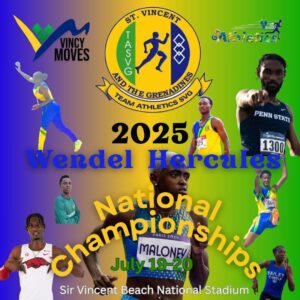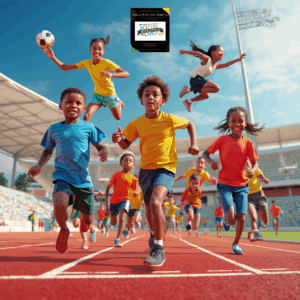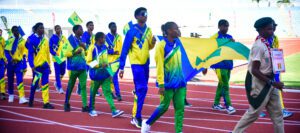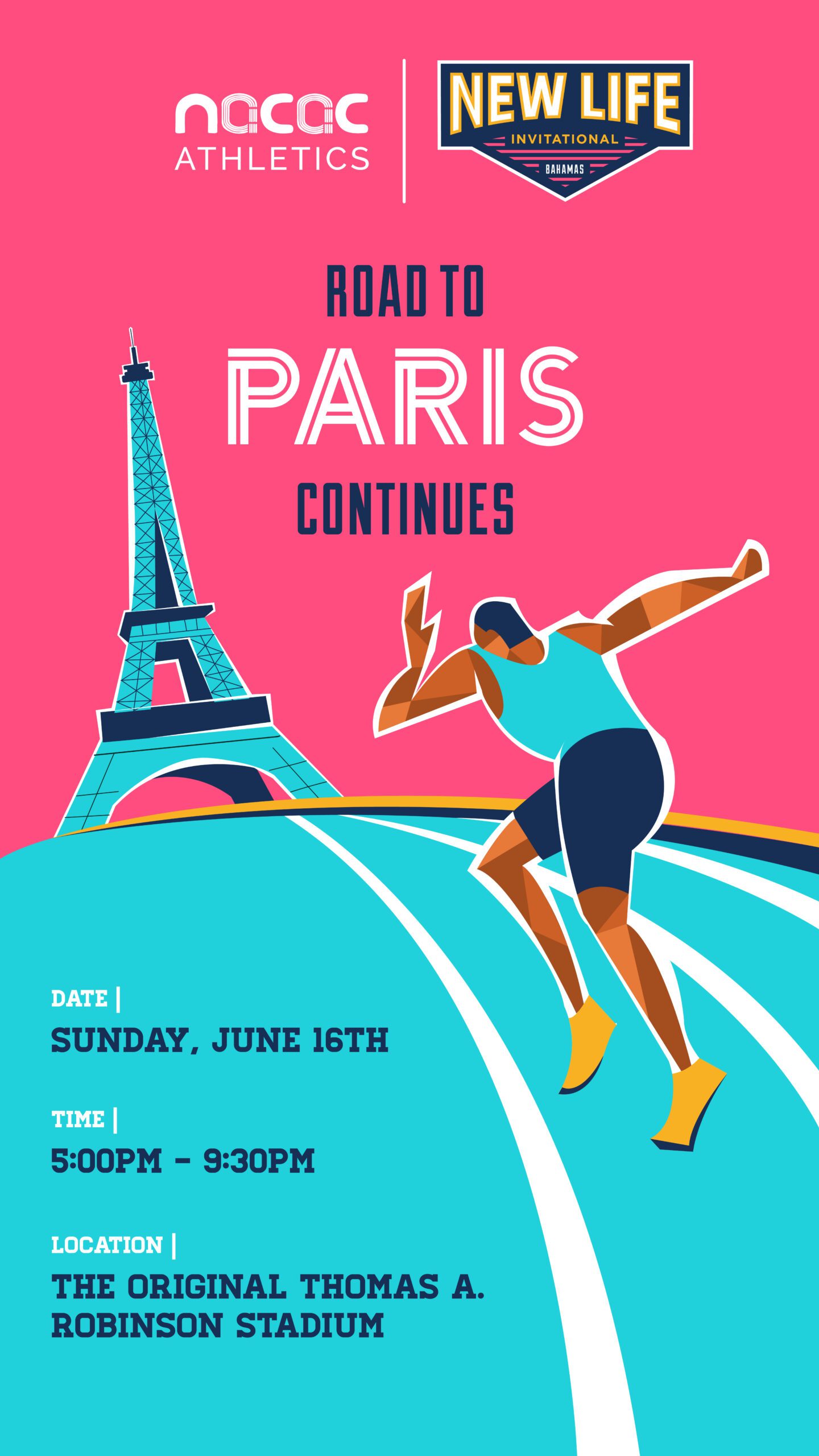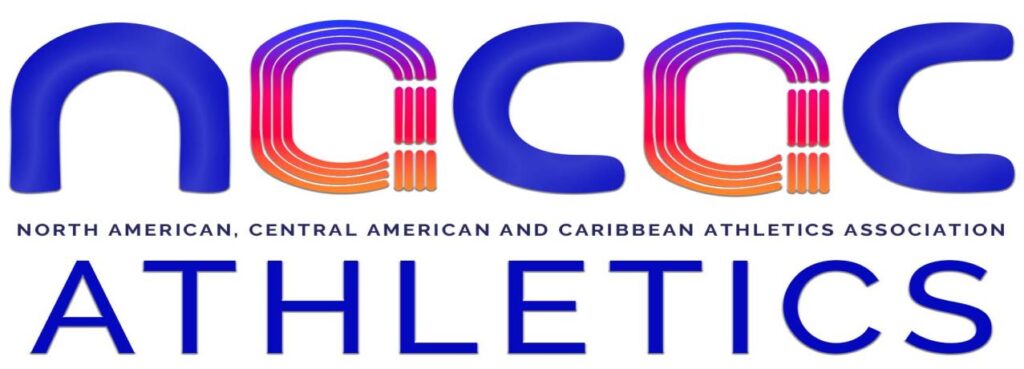Who Really Cares?
In the previous Column dated 16 February 2024, we addressed the thorny situation in which track and field athletes at all levels now find themselves about access to facilities for training for competitions at the local and regional levels.
At the local level, with the Diamond Sports Facility out of commission for an entire month due to the installation of covering of the bleachers on the western side, one can expect a significant dip in performances amongst athletes who have been training for their schools’ competitions since last September and others who are out of school and hoping to make national representative teams.
To be fair, the astute sport enthusiast who has been following recent developments in athletics, the decision-making process leaves much to be desired and a string sense that no one in authority really seems to care about the sport, the athletes and the nation’s sporting history and future.
Progress
There is a tendency for us to identify progress with the provision of infrastructure. That same tendency leaves many believing that progress equated development. Such tendencies often result in retrogression rather than any significant leap forward. This is as true in sport as it is in different aspects of life in any given society.
A closer examination of sport across St Vincent and the Grenadines reveals an amazing array of contradictions that leaves us ‘marking time’ on the same sport for long periods that stymie any genuine development.
There was a time when any relatively flat piece of land could readily be used for sporting activities. Poor people have always been grateful to use wherever, whenever they could to practise sport, however limited that may be.
One expects that as a society develops its economy that attempts would be made to ensure that the well-being of the population at every level, will be the focus of attention. Such attention should also lead to general progress for an ever-increasing number of people in the society, and not just a select few.
Sport has always reflected the society in which it is practised.
There was a time when monied interest groups established sports that suited their status in society. In almost every Caribbean country cricket was once the sport of choice of the English colonisers, who readily used the black lower classes to toil by bowling and fielding rather than be systematically introduced to the fundamentals of the game. Interestingly, when the lower classes sought to play the game on their own, they were denied access to the well-manicured facilities of the ruling classes.
Over time, however, the tables were eventually turned, and the lower classes came to play the game with an increasing level of proficiency. The upper classes eventually found themselves having to involve the lower classes in their respective teams to achieve success.
To some, what we are describing here signals progress. Did it, really?
In St Vincent and the Grenadines, cricket remains ‘king’ in the eyes of many, despite the reality that football is infinitely more popular and that athletics has, for many years now, led national sports associations in achievements at competitions, locally, regionally, and internationally.
Even the most cursory perusal of the sporting statistics of Vincentian society over the past several decades would reveal that athletics holds a unique place in distinguishing between our facilities and the performances of our athletes. These achievements have come in large measure without much support in terms of facilities and an understanding of the requirements of the sport as well as of the potential that annually translates into evidence of genuine development.
Facilities
In St Vincent and the Grenadines, it appears that for the past several decades, once the authorities agree on the establishment of a playing field the first sport for consideration in its development is cricket. Once the designated area is cleared for a playing field, the cricket pitch is the first guaranteed sporting facility.
It came as no surprise, therefore, that when the decision was taken to create the Arnos Vale Sports facility, the primary purpose was, initially, cricket. When the growth of football unearthed significant talented individuals, all from the nation’s lower classes, the demand for access to a facility that could be used on a regular basis, led to the conflict between the interested players and groupings involve din football, digging up the cricket pitch in the Victoria Park, essentially saying to the authorities, since you have built Arnos Vale for cricket, we will take the Victoria Park for football.
Athletics and football both found themselves in a quagmire. The Victoria Park had a veritable hill on the field of play. But both sports used the facility to full advantage since Arnos Vale was ‘the home of cricket’, a sort of Mecca.
Even at the present time, once cricket is being played at a high level, it gets priority to the Arnos Vale sports complex. Football and athletes must settle for time found on the annual cricket calendar.
The overwhelming commitment toc ricket around St Vincent and the. Grenadine shas left track and field athletes being forced to train and hone their skills on fields that can accommodate different sizes and configurations. It is a matter of working with what is available since on the recently constructed synthetic track is really ‘fit for purpose’.
The Sion Hill playing field is currently the only grassed sport facility in St Vincent and the Grenadines that can accommodate a 400m track with the required eight panes. The Arnos Vale #1 playing field can only accommodate a 350m track of eight lanes, whilst the Grammar School playing field accommodates a 300m track but with fewer lanes. The Victoria Park accommodates a 250m track with eight lanes. The list goes on. Of the foregoing tracks mentioned, most are of uneven surfaces that are not usually rolled to ensure some measure of uniformity of the surface to allow athletes to perform optimally.
The country has one synthetic 400m track with eight lanes, in accordance with international regulations.
An understanding of the sport of athletics allows for an appreciation of the challenges the sport faces in St Vincent and the Grenadines. This year in particular, the contradictions are clear.
The Inter Primary Schools Athletics Championships (IPSAC) began Zonal Preliminaries on Monday last, at the Chili playing field in Georgetown. There was only one field event that took place, the ‘ball throw’. There was none of the jumps, horizontal or vertical. It should be noted, for example, that two of the Zonal Preliminaries are scheduled for the Victoria Park next week. There are no long jump areas available at this facility. The consequence of this is that all the other three zonal preliminaries for the IPSAC would also have to forego these field events. This also means that children who would have been training for these events to win medals and/or score points for their respective schools have lost this opportunity and consequently, their teams would suffer in the final tally. This should never have happened.
Most secondary schools have been forced to hold their annual athletics competition at the Victoria Park. Many of the athletes involved are vying to make the standards for the annual CARIFTA Games which are scheduled for St George’s, Grenada, over the Easter weekend. Wile their counterparts across the Caribbean are preparing themselves on the best available athletics tracks, our Vincentian athletes are severely hamstrung by the unavailability of the synthetic tack and Diamond. Those who have been trying to make the standards in the jumps and throws have been left to be creative since even access to the areas at Arnos Vales no longer exists as the authorities prepare that facility for the pending Cricket T20 World Cup scheduled for June 2024.
Does anyone in authority really care?
For the very first time in our athletics history, athletes have made the CARIFTA standards in the month of January, testimony to the commitment of their parents, schools, and coaches. But here again, the setback occasioned by the closure of the limited appropriate facilities is a major problem in respect of the impact on their chances of success.
Who cares?
Vincentian athletes and their coaches are aware of the glaring contradictions in respect of the practice of sport in the nation. They are the ones who feel it most. They are lost in trying to understand the contradiction between what the authorities proclaim in public and what they do in practice.
Principals find themselves having to ‘bear their grind’ as they watch the faces of their students who eagerly wanted to be part of the history of their annual athletics competition.
One school after another trekked to the Victoria Park, carrying student athletes who wanted to show their true worth in the sport of athletics where it really matters, on the synthetic surface at Diamond.
Over the past several years since construction began on the facility at Diamond, Large tents have been used to provide shelter for patrons using the bleachers. The replacement of tents by fixed galvanise would not have made a difference to the athletes competing and those who come to see them perform if it was delayed until after the competitive season had been completed.
What was the rush?
The result of the contradictory omens visited upon young student athletes thus far in 2024 will long haunt them as they reflect on what could have been.
It is unfortunate that those in authority do not always eek out advice from those deemed competent in a particular field. Such an approach makes a mockery of what is so often touted as an ever-unfolding, so-called education revolution.
People in authority must understand the awesome responsibility placed upon them by their positions. They must appreciate that their decisions impact the lives of others.
Children are supposed to enjoy their schooldays. They recall them throughout the rest of their lives.
Unfortunately for those students who thought that this was their year to leave their mark in their respective schools’ sporting history, the memory of this year ‘s sports day will be forever a ‘bitter pill’ to swallow. Who. Cares?

